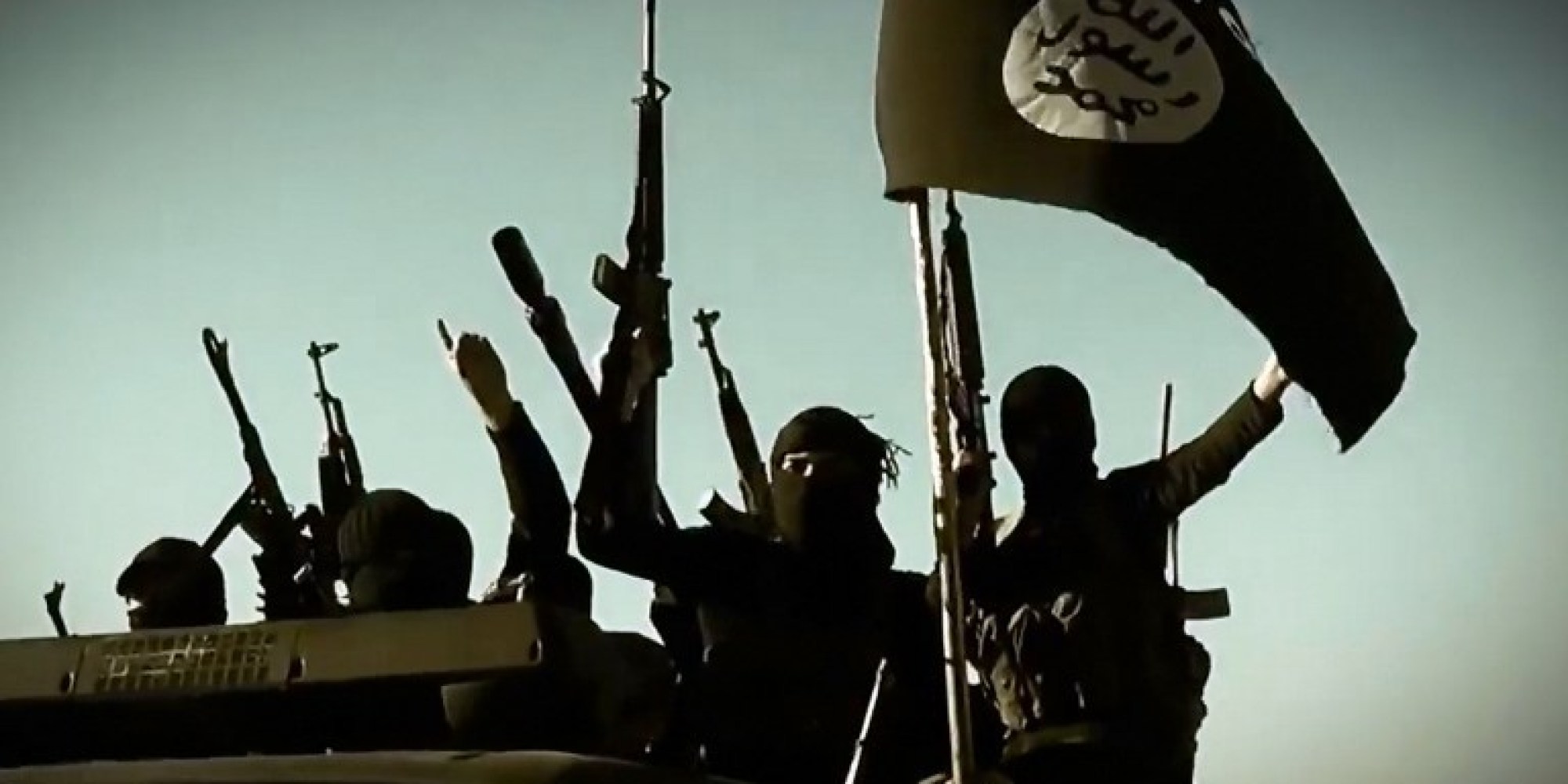All about Isis Khorasan, the perpetrators of the attacks in Kabul

Where does Khorasan ISIS come from and why it poses a threat to the Taliban in Afghanistan. What is known about the terrorist organization
The Islamic State of Khorasan Province (ISIS-K), the branch of ISIS in Afghanistan, claimed responsibility for Thursday afternoon 's attack in Kabul , which killed sixty Afghan civilians and a dozen American soldiers.
The claim arrived on the Telegram channel of Amaq , the official news agency of the Islamic State, where it is reported that the suicide attack near the airport was carried out by a member of the organization named Abdul Rahman al-Logari ( an Afghan, probably).
THE ORIGINS OF ISIS KHORASAN
The Islamic State of Khorasan owes its name to Khorasan, a historical region that includes present-day northern Afghanistan, northeastern Iran, southern Turkmenistan and other parts of Central Asia.
The group – made up of Sunni Islamist extremists – appeared in late 2014 in eastern Afghanistan, making itself known for its brutality. It seems to have been founded by the most intransigent fringes of the Pakistani Taliban, who fled to Afghanistan to avoid the repression of the Pakistani security forces.
ISIS-K immediately began clashing with the Afghan Taliban for control of those areas of Nangarhar province, on the border with Pakistan, most strategic for drug smuggling (Afghanistan is the largest opium producer in the world ). At the same time, it carried out attacks in Kabul and other Afghan cities against military and government targets, in the midst of crowds of people: the goal was to build a reputation as an Islamist movement that is more extremist and violent than the others. In particular, he carried out suicide attacks against the Shiite minority, but also executions of village heads and collaborators of the Red Cross.
EXPANSION
Initially confined to a small number of areas bordering Pakistan, Reuters explains, ISIS-K then established a second stronghold in Afghanistan's northern provinces such as Jowzjan and Faryab. In addition to previous Pakistanis belonging to other organizations, among the members of the group were also Uzbek and Afghan extremists (for example the disillusioned Taliban, convinced that the group was not uncompromising enough).
The expansion of ISIS-K has aroused the interest and concern of the United States, which in April 2017 dropped the largest bomb in its conventional arsenal – called Mother of All Bombs (MOAB), the "mother of all bombs ”- on a network of caves connected to the group in the Achin district of eastern Afghanistan.
ISIS KHORASAN TODAY
In Afghanistan, ISIS-K fought both against the Taliban and against Western-backed state institutions. However, the operational links between the Khorasan branch and the "main" Islamic State, the one active mainly between Iraq and Syria, are not yet clear. The Islamic State has been defeated in its state-territorial dimension, but the organization still has more than ten thousand militiamen scattered between Iraq and Syria, as well as affiliates in the Sahel and the Sinai peninsula.
US intelligence thinks ISIS-K exploited the instability in Afghanistan and the collapse of Ashraf Ghani's government to strengthen its position and recruit new members from the various Taliban fringes, which are not a compact and homogeneous movement .
Among the most recent attacks committed by ISIS-K is the one, in Kabul, against Shiite passengers on a bus. The United States thinks that the group is also responsible for the attack on a girls' school mainly attended by the Hazara minority, of the Shiite denomination. ISPI, citing data from the United Nations mission in Afghanistan, speaks of at least 77 terrorist attacks claimed by the Islamic State of Khorasan in the first four months of 2021; in the same period of 2020 there were 21.
THE NUMBERS
BBC News writes that, at its peak, ISIS-K had around 3,000 fighters. Today, however, given the losses suffered in the clashes with the American and Afghan forces, they would be much less: the New York Times speaks of 1500-2000 effective militiamen.
However, a United Nations report published last June warned that in the previous months some 8,000-10,000 fighters from Central Asia, the North Caucasus, Pakistan and Xinjiang (western China) had entered Afghanistan. Most were allies of the Taliban or al-Qaeda, but some were affiliated with ISIS-K.
A PROBLEM FOR TALEBANS
ISIS-K represents a security problem for both Western governments and the Taliban, who have taken command of Afghanistan and must secure a monopoly on the exercise of violence.
The Islamic State of Khorasan pays close attention to highlighting the differences with the Taliban, which it accuses of having abandoned the path of jihad and battle to negotiate peace with the United States.
This is a machine translation from Italian language of a post published on Start Magazine at the URL https://www.startmag.it/mondo/isis-khorasan-attentati-a-kabul/ on Fri, 27 Aug 2021 07:39:01 +0000.
